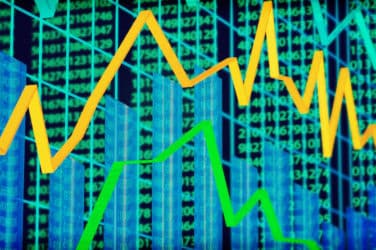
Futures trading have spiked upwards but an answer to who is breathing fire into the asset class is up for debate.
U.S. stocks have steadily climbed in the New Year, with the Dow Jones Industrial Average gaining some 45 points this week at the close of Thursday’s trading. Market research, however, does not indicate that retail investors are the primary benefactor for stocks. That leaves institutions.
A wide range of indicators suggest institutional investors are more optimistic now than at any time since the market’s volatile decline in early August 2011, according to a report published by research firm TrimTabs.
The report observed that institutions may be possibly driving stock prices higher year-to-date due to a surge in overnight futures trading—a phenomenon that the report does not attribute to retail investors.
“All we’re noticing is that a sizeable portion of the year-to-date gain in stock prices hasn’t occurred in the regular trading day of the hours between 9:30am and 4pm,” said David Santschi, executive vice president of TrimTabs.
“Numerous times in recent weeks, there have been big gap-ups at the open on the first or second trading day of the week (most recently on January 3, January 10, and January 17). We have no way to know exactly who’s buying big in the futures market before the market opens, we just know that people are, and we think it’s peculiar,” he continued.
If institutions were in fact fueling futures trading, pensions, endowments, foundations and mutual fund companies would not be the main proponents, Santschi told Markets Media.
“The institutions trading equity futures overnight would generally be hedge funds, not pension funds or mutual funds, and they’d be seeking to generate alpha, not hedge their portfolios,” he said.
Yet, in recent years, large institutions have become more interested in using derivatives within their portfolios—most notably, the use of options for hedging purposes.





